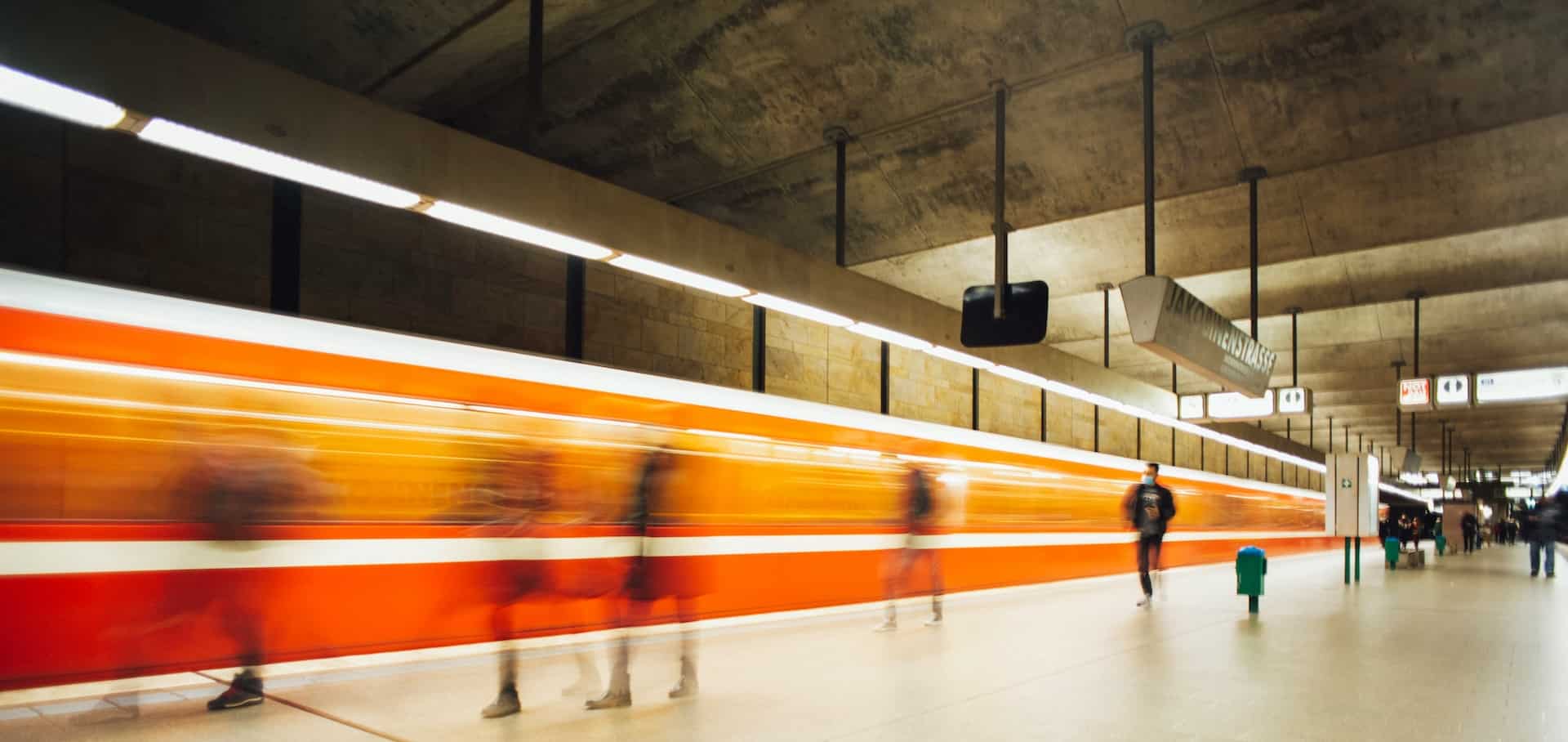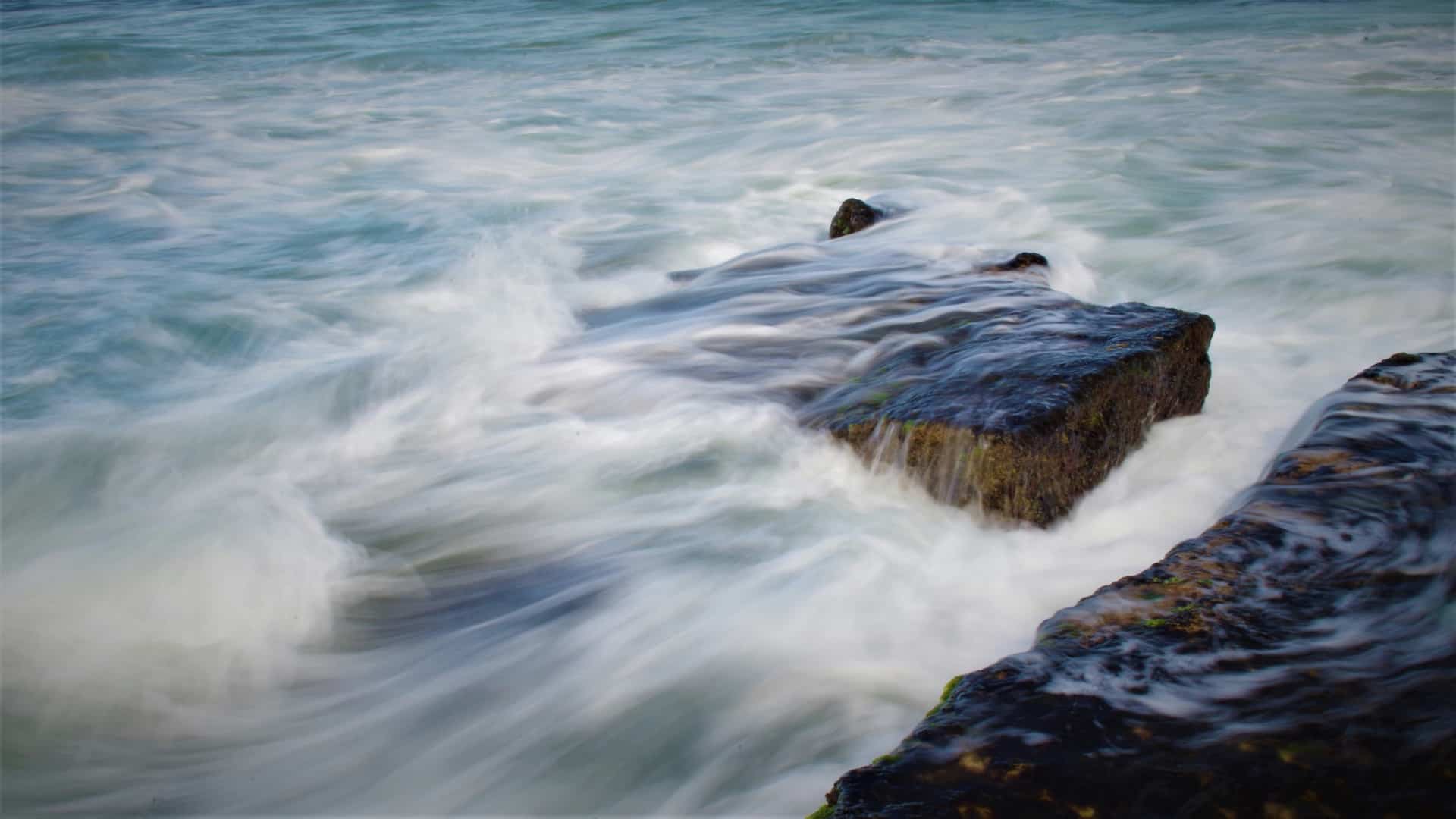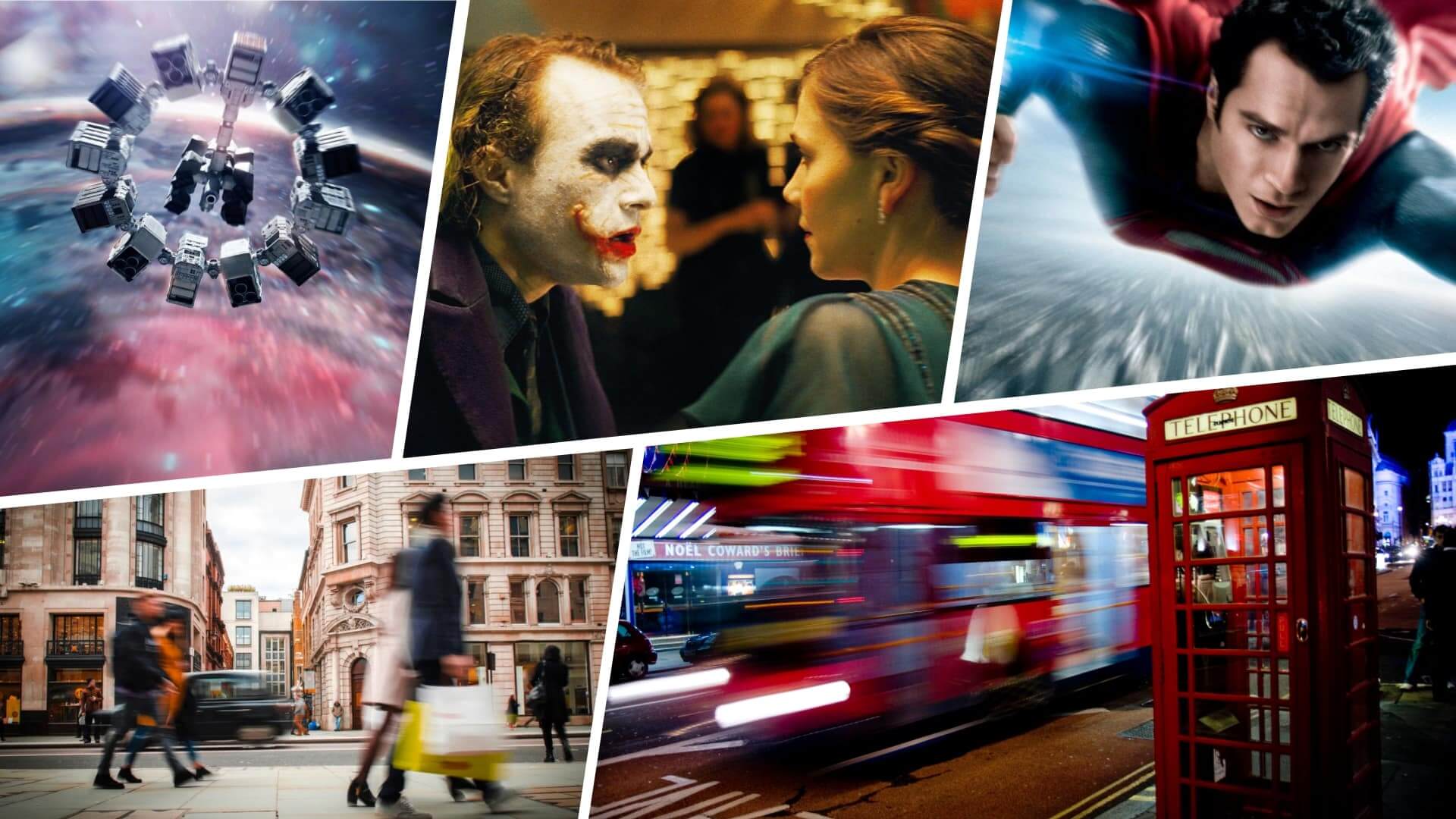What is motion blur? Why does it happen? Is motion blur good? And, how can we control it? We will be answering all of these questions and taking a look at both the technical and creative side of this process in both filmmaking and photography. Before we get into creative applications like aesthetic blur, and before we look at how to get motion blur or how to create motion blur, let’s get started with a definition.
Is motion blur good?
First, let’s define the motion blur effect
The motion blur effect captured in photography or on video appear in different ways and result from slightly different causes. However, the effect itself is, for all intents and purposes, the same across both mediums.
If you come across any other unfamiliar filmmaking or camera terms, our ultimate guide to filmmaking terminology and glossary of cinematography terms are two helpful resources for looking definitions up.
MOTION BLUR EFFECT DEFINITION
What is motion blur?
Motion blur is the visual streaking or smearing captured on camera as a result of movement of the camera, the subject, or a combination of the two. The human eye naturally registers motion blur in real life, so a subtle blur in film often mimics reality better than if it were absent. When applied intentionally, this effect may be referred to as aesthetic blur.
How to get motion blur:
- Move the camera during exposure
- Move the subject during exposure
- Slow the shutter speed
How to create motion blur in film
Motion blur in film
Practically all films incorporate motion blur to some degree. This blurring occurs naturally in footage shot at the standard 24FPS, as well as higher frame rates like 29.97 and 30FPS, and also occurs naturally in real life.
Audiences are conditioned to expect a blur in movement both in their daily life and on screen, so a film without it tends to look unnatural. This expectation can lead to the implementation of aesthetic blur.
When mixing frame rates or compositing different elements, aesthetic blur can help blend the differences together to make the whole feel more cohesive.
How many FPS does the human eye see
Because movement tends to look more natural when there is a degree of blur, mediums where motion blur is not naturally occurring may still incorporate aesthetic blur as a creative choice.
This is why mediums such as animation and video games may introduce intentional blur to the artificially generated images that do not naturally include it.
How to get motion blur in animation
Even though motion blur does occur naturally on film, it is possible to correct for this blur and effectively stop it from happening. Depending on how it is used, the removal of motion blur can either enhance the sense of realism or compound a sense of unreality.
Eliminating motion blur should only be done if there is a good reason. For example, Saving Private Ryan intentionally manipulated the amount of blur. The film topped our list of the best WWII movies, in part because the decisions like how motion was captured gave the film a palpable and visceral quality.
Saving Private Ryan’s D-Day landing scene
Steven Spielberg and Janusz Kaminski, one of the best cinematographers to learn from, decided to eliminate the motion blur and create an intentionally “jittery” look for the intense D-Day landing sequence.
Spielberg explains the choice: “Janusz came up with the idea of shooting with the shutter open to 45 degrees or 90 degrees, which completely negated any blurring. Often, when you see an explosion with a 180-degree shutter it can be a thing of beauty, but a 45-degree shutter looks very frightening.”
blurry photography
Motion blur photography
The relationship between motion blur in photography and realism is akin to the inverse of the relationship between realism and video. A still photograph depicts a moment frozen in time, and this sense of stillness does not confer a need for blur to appear natural.
Motion blur photography & shutter speed explained
Motion blue results from a combination of shutter speed and exposure time. Reducing motion blur and capturing clear images can be especially important when shooting sports photography.
Motion blur photography might occur as an accident and ruin an otherwise clear image, or blur can be used creatively to render a photographer’s vision. Purpose and intent are everything when it comes to making creative decisions.
Creative motion blur photography tips
Motion blur in photography can imbue a still image with a sense of speed or convey a passage of time. When photographing objects in fast motion, such as vehicles or carnival rides as in this example image, the blur can turn the lights on the moving object into beautiful streaks of color.

How to create motion blur in inventive ways
A more subtle example of motion blur in photography can be found in both the sky and water within the photograph below. Slower motion captured with a long exposure time can result in this aesthetically pleasing “smoothed-out” look of the moving portions of the frame.

Blur on both ends of the horizon
Now that we know what this kind of blur looks like and why it is used or not used in both stills and video, let’s go over how to control it and achieve the results you desire.
Aesthetic BLur
How to control motion blur
Blurring the image is controlled in different ways for film vs. stills. Let’s start by discussing motion blur in film. If you want a normal degree of blur, simply shoot your footage as you would normally; nice and easy. If you wish to remove the blur, the process is a bit more complex.
As we learned from the Saving Private Ryan example, blur on film can be eliminated by changing the shutter angle. A 180 degree shutter is the standard angle and will result in typical motion blur.
Going with a 45-degree or 90-degree shutter angle, as Janusz Kaminski did, can take blur out of the equation, though it will also result in a somewhat “jittery” image.
Blur and shutter angle explained
Shooting your footage at a higher frame can also reduce the naturally occurring motion blur. Technically speaking, motion blur is not outright eliminated by shooting at an elevated frame rate.
But once your footage reaches 100 FPS and higher, the blur that isn’t present becomes more and more difficult for the human eye to detect, and the remaining blur effect will be negligible.
What is frame rate? • Subscribe on YouTube
When shooting stills, there are a few different camera settings that affect motion blur. The three factors in photographic blur are shutter speed, exposure, and, of course, motion of the camera and/or of the subject. These three factors must be balanced to achieve your desired level of blur.
The faster your shutter speed, the less blurring, and vice versa. A slower shutter speed results in a slower exposure, which in turn allows more light to enter your camera, meaning your exposure settings must be properly calibrated to avoid overexposure or underexposure in your images.
Learn how to how to add motion blur to your videos and images using Premiere Pro, Photoshop, and After Effects.
Controlling motion blur in photography
If your goal is to remove blur from your photographs, use a fast shutter speed and consider purchasing a tripod or other camera stabilizer to eliminate the motion of the camera.
UP NEXT
How shutter speed works
Using blur effects likes these is yet another element of your images that can be manipulated to best serve your vision. Be sure that each and every decision you make has intention and purpose behind it. One of the most important factors in determining the level of blur is shutter speed. Learn more about shutter speed, how it is altered, and why it matters, up next.
Up Next: Shutter speed explained →
Showcase your vision with elegant shot lists and storyboards.
Create robust and customizable shot lists. Upload images to make storyboards and slideshows.
